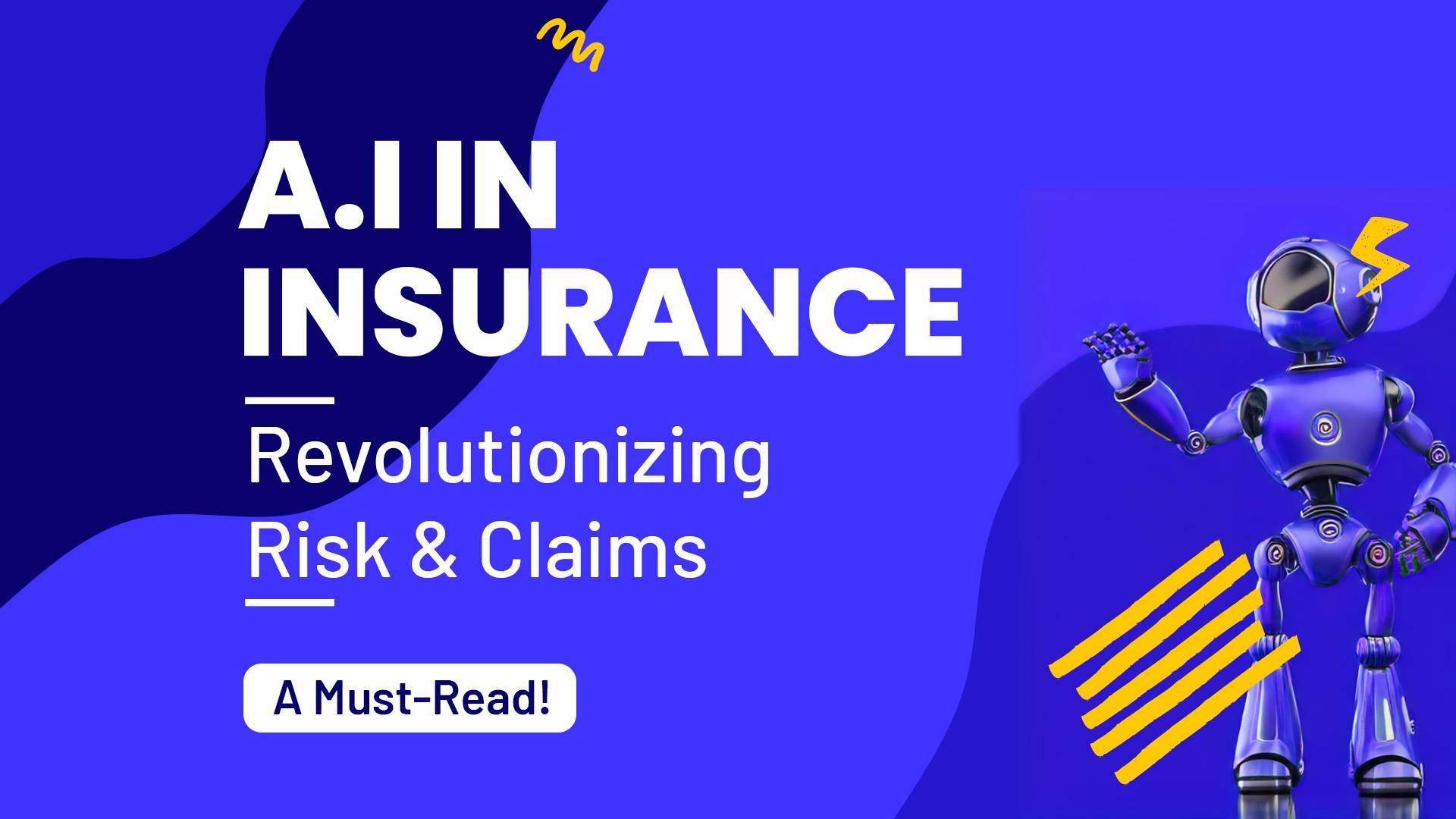As a recruiter, you understand that talent development is a critical aspect of attracting and retaining the best employees. One way to achieve this is by aligning learning with business goals. When a company invests in employee training and development, it not only enhances their skills but also aligns their learning with the organization’s objectives. In this blog, we’ll discuss four ways companies can align learning with business goals.
Start with a Skills Gap Analysis:
The first step in aligning learning with business goals is to conduct a skills gap analysis. This analysis involves identifying the skills and knowledge that employees need to possess to achieve business objectives. By identifying the gaps between current and desired skills, companies can develop targeted training programs that bridge those gaps.
This analysis can be done through a variety of methods, such as surveys, assessments, and interviews with managers and employees. The key is to identify the specific skills and knowledge that employees need to develop to achieve the company’s goals.
Develop a Learning and Development Plan:
Once the skills gap analysis is complete, the company can develop a learning and development plan. This plan should outline the specific training programs and activities that will help employees acquire the necessary skills and knowledge to achieve business objectives. The plan should also include timelines and metrics for evaluating the success of each program.
The learning and development plan should align with the company’s business goals and strategies. For example, if the organization’s objective is to increase sales, the learning and development plan may include training programs that focus on customer service, communication, and negotiation skills.
Foster a Culture of Continuous Learning:
To align learning with business goals, companies should foster a culture of continuous learning. This means creating an environment where employees are encouraged to learn and grow continuously. To achieve this, companies can provide opportunities for employees to learn new skills, such as mentoring programs, job shadowing, and on-the-job training.
It’s essential to celebrate learning and development achievements, such as certifications and training completion, to motivate employees to continue learning. Companies can also encourage employees to share knowledge and best practices with each other and provide access to resources such as books, online courses, and industry conferences.
Measure the Impact of Learning:
To ensure that learning is aligned with business goals, companies should measure the impact of their learning programs. This means tracking the effectiveness of training and development initiatives in terms of employee performance, productivity, and the achievement of business objectives.
By measuring the impact of learning, companies can identify areas where improvements can be made and make data-driven decisions about future training programs. This can help ensure that learning and development efforts are aligned with the organization’s objectives and contribute to its success.
Conclusion
Aligning learning with business goals is critical for companies to stay competitive and achieve success. By conducting a skills gap analysis, developing a learning and development plan, fostering a culture of continuous learning, and measuring the impact of learning, companies can ensure that their training efforts are aligned with their business objectives.
As a recruiter, it’s important to communicate to potential employees the company’s commitment to their professional development and career growth. Highlighting the company’s learning and development initiatives and aligning them with the organization’s objectives can help attract and retain top talent.










